Truth matters. Community matters. Your support makes both possible. LAist is one of the few places where news remains independent and free from political and corporate influence. Stand up for truth and for LAist. Make your year-end tax-deductible gift now.
How El Niño Soaked SoCal Over The Last 80 Years

Among people who have lived in Southern California for decades, many are saying this is the rainiest winter season they can remember. So, we've taken a dive into the archives to surface pics from some of the most notable storms of the past.
Here's a look at the strongest and most significant El Niños to hit SoCal in the last 80 years.
1938: Five Epic Days Of Rain
The rain began unremarkably on the night of Sunday, February 27. Then it kept raining. And pouring. For five straight days. Hillsides, saturated with 11 inches of rain, rushed toward the swelling Los Angeles River. Eight-square miles of Venice were flooded. A massive hunk of the Lankershim Bridge collapsed and was washed away. Train tracks were swamped. Phone lines were knocked out. When all was said and done, 144 people died in the disaster. It was, as the Los Angeles Times pointed out, L.A.'s first major flood since the population boom of the 1920s.


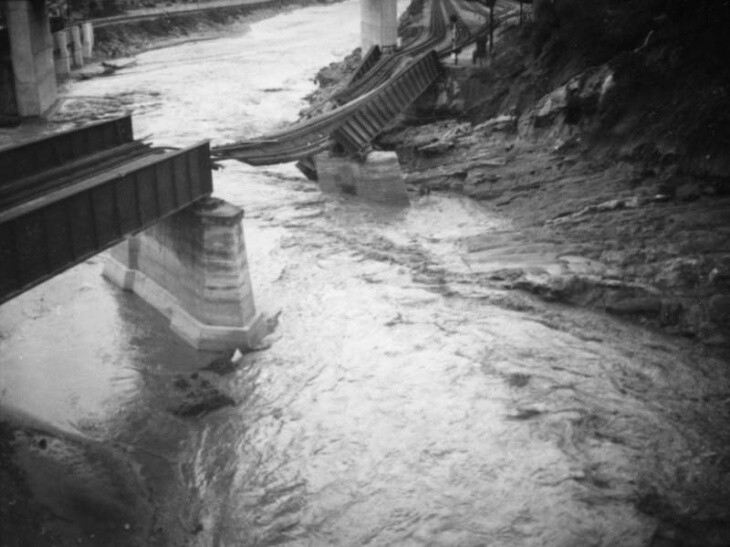




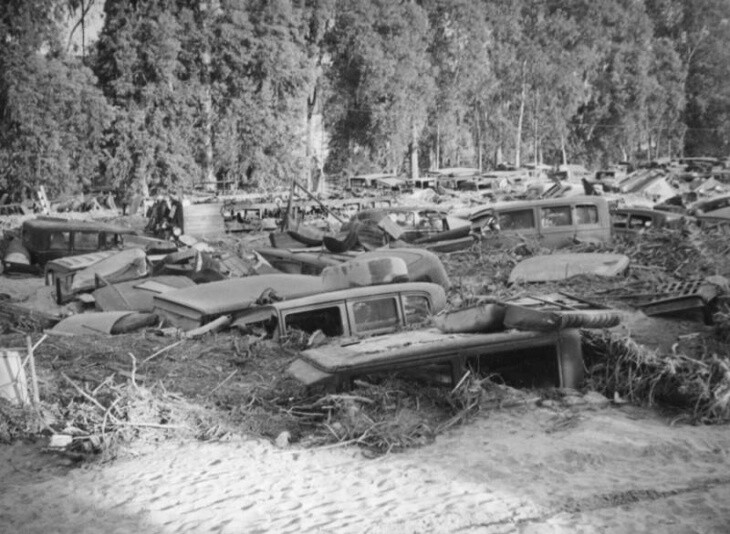


1957 - 1958: A Breakthrough In Understanding
This was the year scientists made a major breakthrough in understanding El Niño. It only happened because of the International Geophysical Year of 1957−1958, a massive effort by scientists from 67 countries to survey various phenomena. Back then, "El Niños in Peru were still thought to be a local quirk," Bay Nature explains. When UCLA meteorologist Jacob Bjerknes and his cohort shared their data with other scientists, they were surprised to learn that the telltale current of warm water extended thousands of miles into the Pacific Ocean. That helped Bjerknes develop his hypothesis about the connections between trade wind circulation, tropical rains and ocean water.
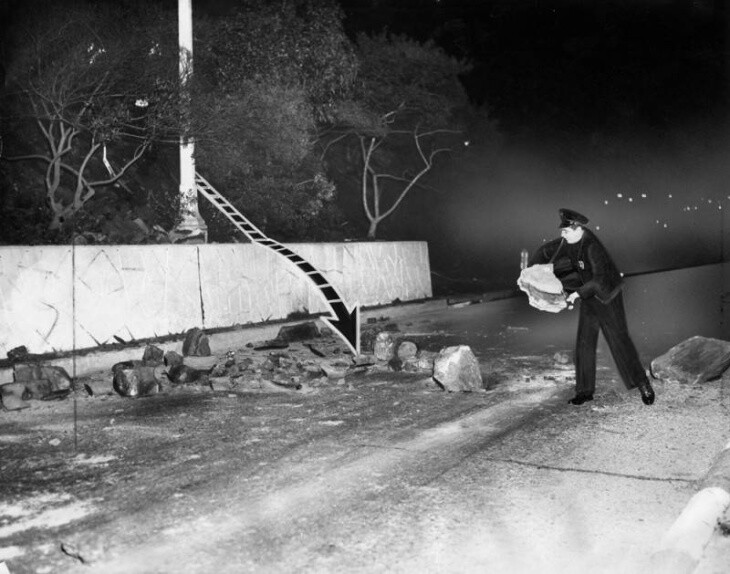



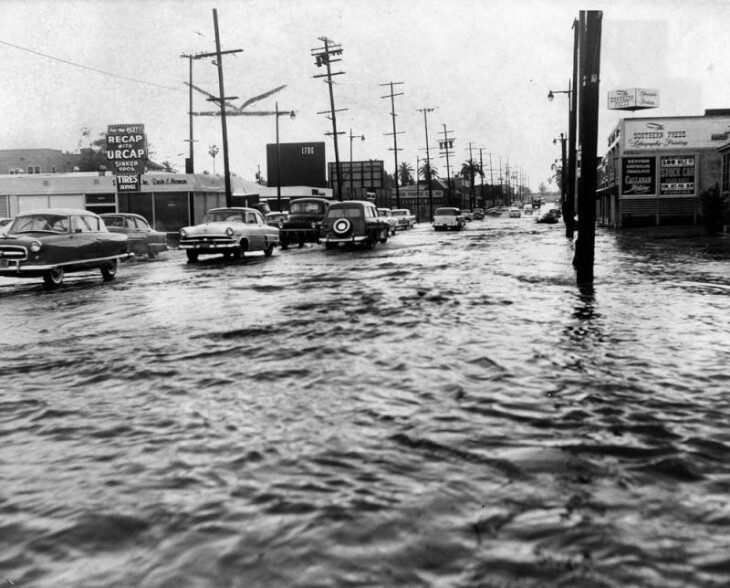

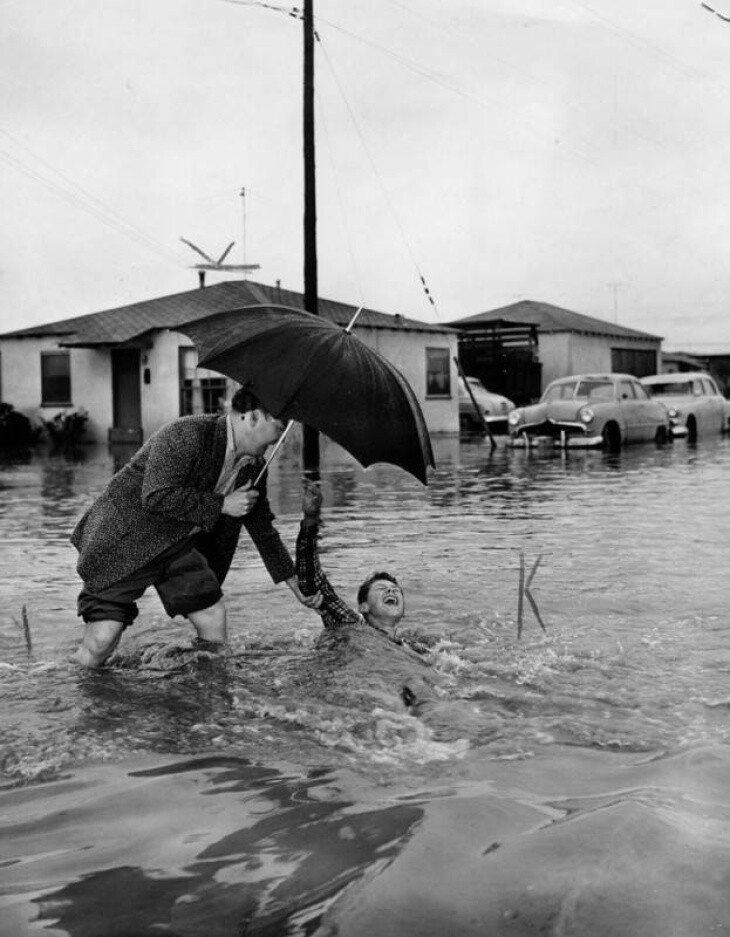


1965 - 1966: A Strange Niño
This was a strange El Niño. Although it was a strong one, it brought only average rainfall to Southern California and less rain than average to other parts of the state. This winter also marked the release of "California Dreamin" by the Mamas and the Papas, a tune about a singer yearning to escape his grey and gloomy locale for the sunshine of the Golden State. The song eventually tied for the No. 1 record of 1966. Fitting or not? You be the judge.





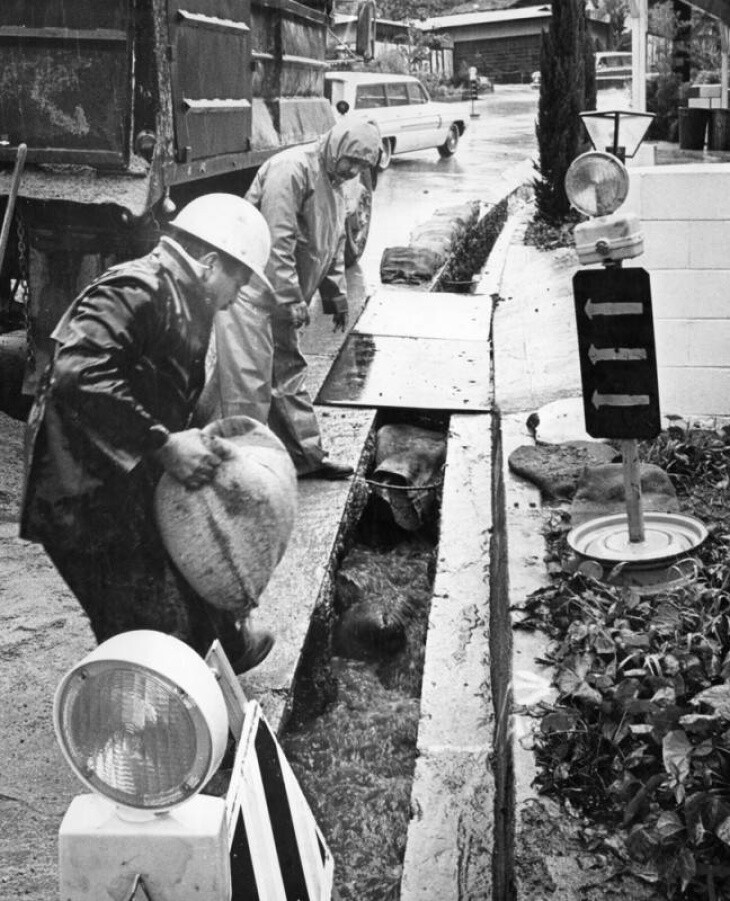
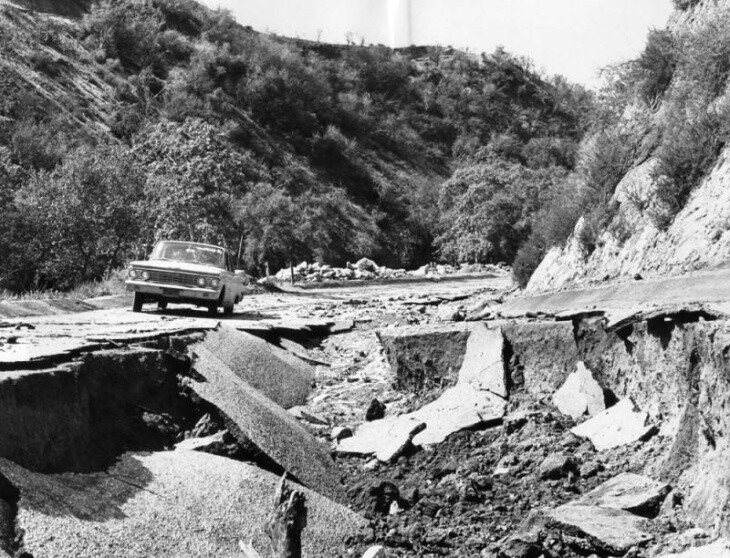
1972 - 1973: A Super El Niño
Labeled a Super El Niño (along with the events of 1982-83 and 1997-98), this rainy season is most famous for its devastation of Peru's anchovy fishing industry, which took years to recover. Southern California received 6.45 more inches of rainfall than it normally would, according to Los Angeles Almanac.

1982 - 1983: In Like A Lamb, Out Like A Lion
This is the El Niño that snuck in like a lamb and roared out like a lion. The weather phenomenon wasn't a blip on the radar of most Californians back then. Even meteorologists weren't talking much about it. Why? There were a few reasons, as the Washington Post explains. The eruption of a volcano in Mexico obscured then-new satellite views and little attention was paid to measurements that mark the early stages of an El Niño. Then, severe storms began to hit the state. On March 1, 1983, there was even a rare tornado that "cut a three-mile scar of destruction, damaging about 100 homes and a hospital, tossing cars around and taking off part of the roof of the Los Angeles Convention Center," reports the New York Times. After that winter, 70 buoys tracking sea-surface and underwater temperatures (as well as other data) were moored in the Pacific Ocean to measure signs that help predict El Niños.



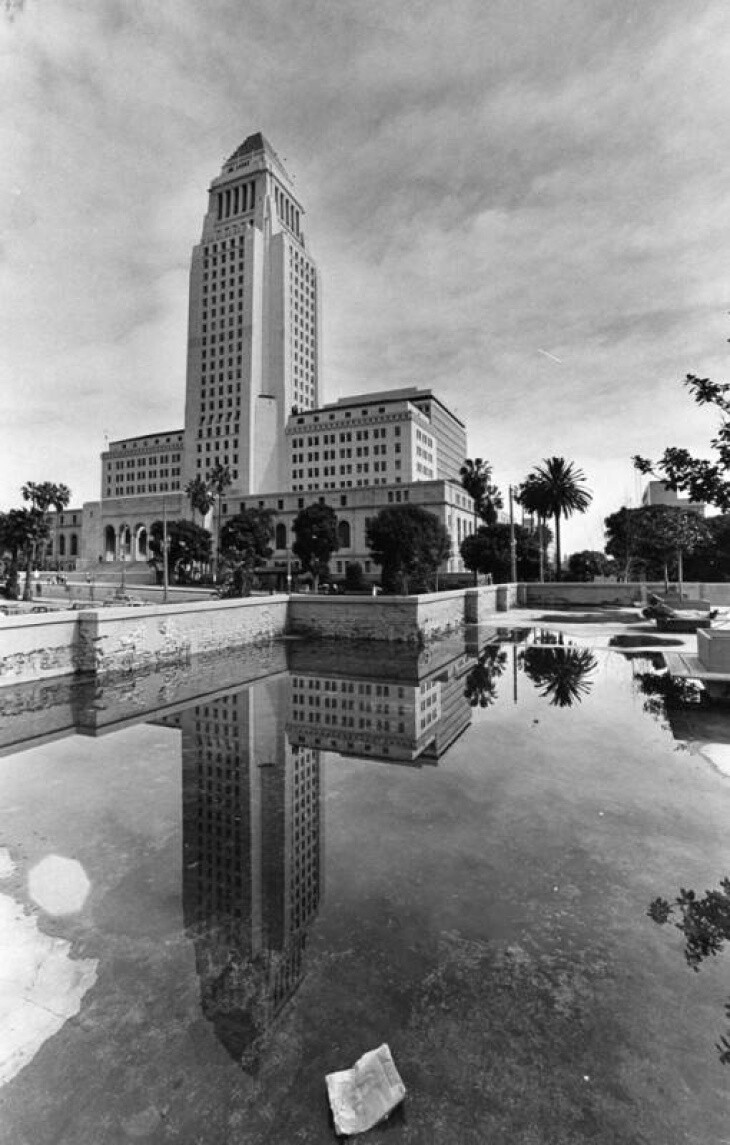


1997 - 1998: Niñomania
By the 1990s, the culture had hit full "Niñomania," according to the LA Times. Weather watchers had plenty to report on during this season of freak weather. Winds reached near-hurricane speeds. 18-foot high waves destroyed a 400-foot section of the Santa Monica Pier. And there was rain. Tons of it. If you lived in Southern California at the time, you probably remember the flooded roads, freeways and creeks that were common during one of the most severe El Niños in modern memory.
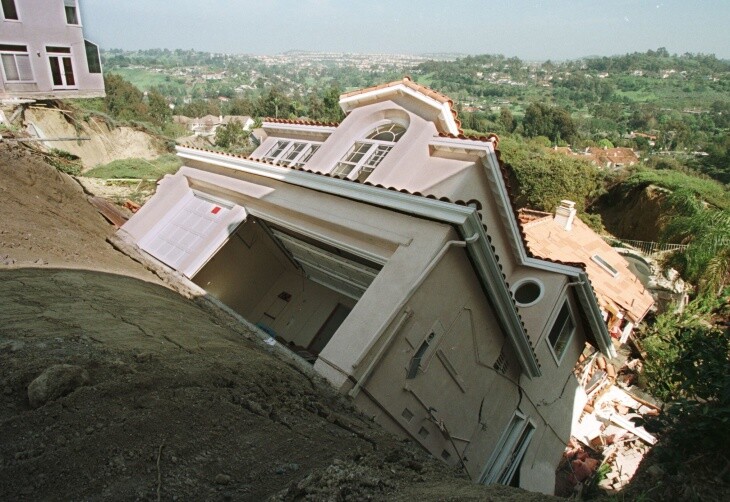
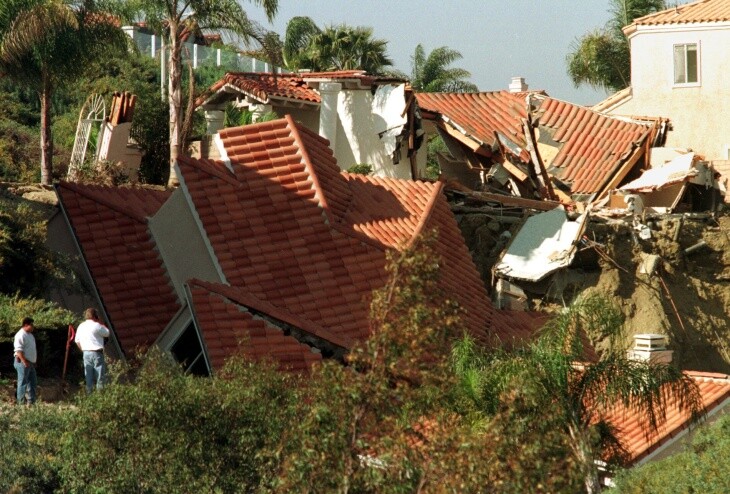

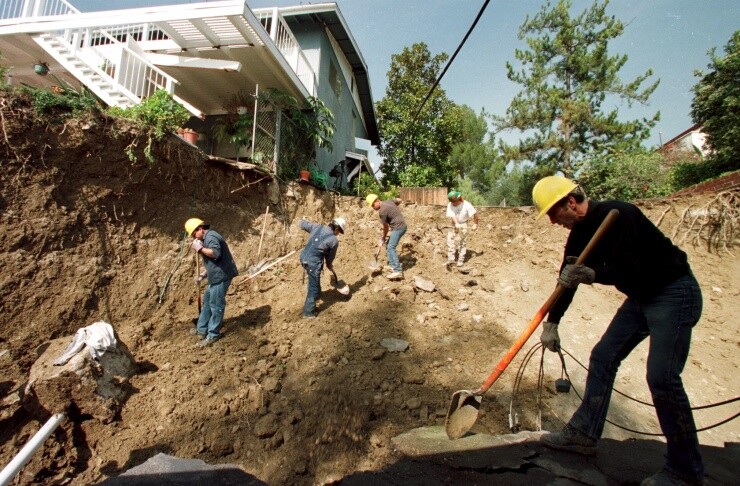
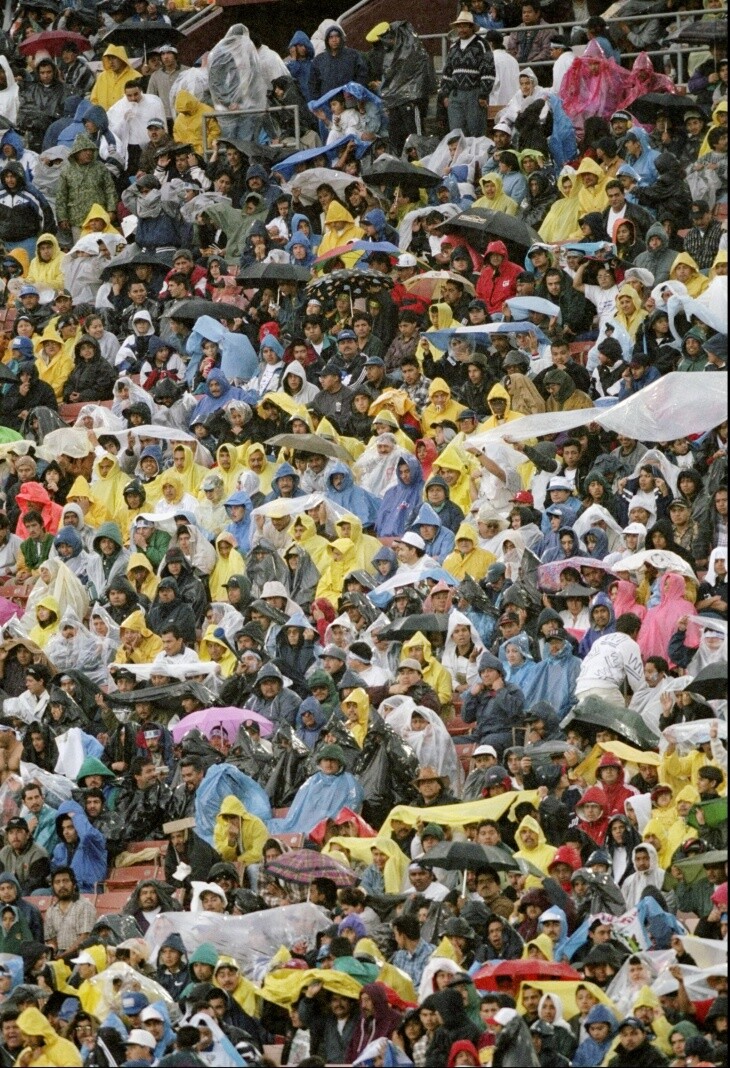




A version of this story originally ran on SCPR.org, during a not very wet year.







